Quick navigation
Gallery buildings
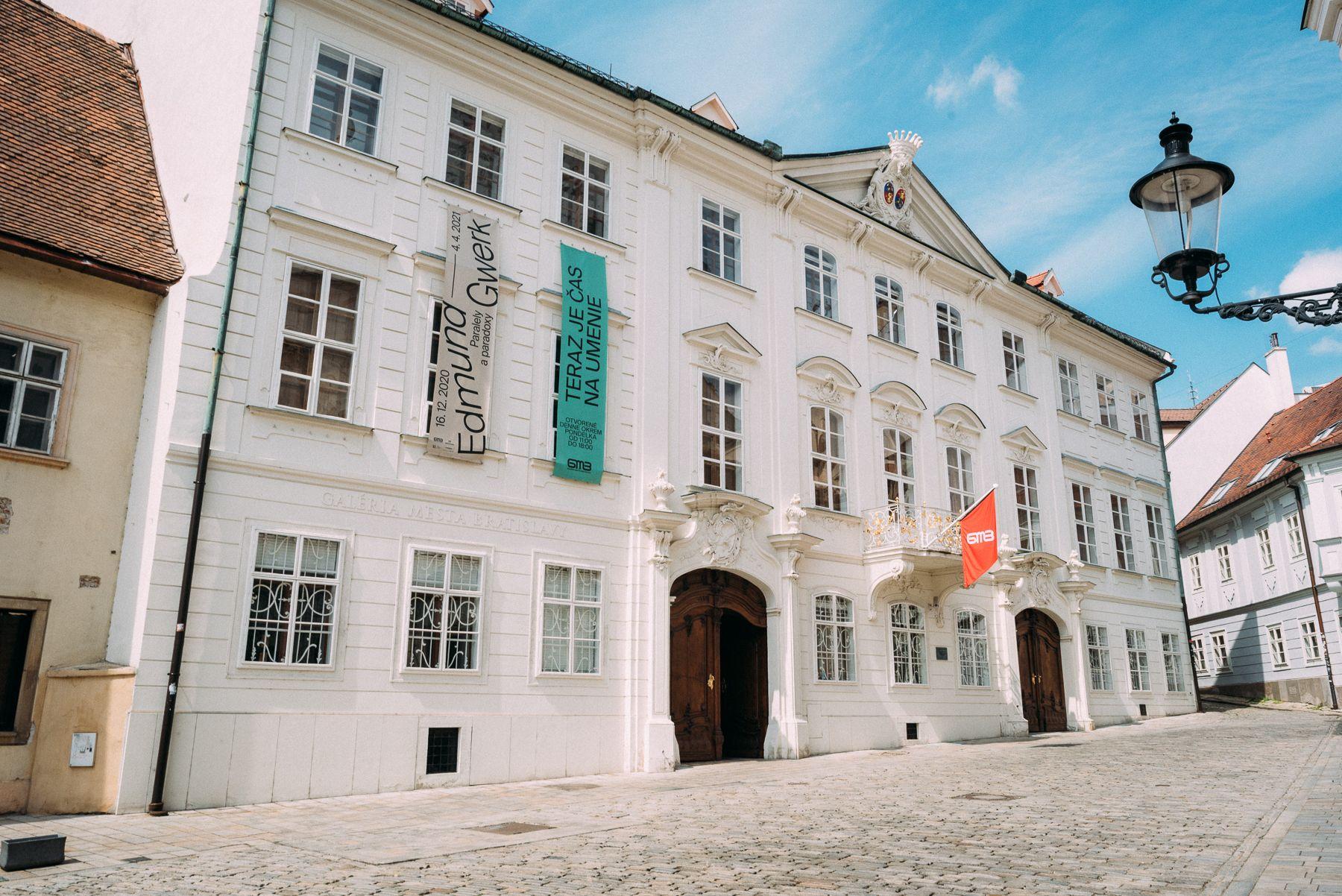
Mirbach Palace
Mirbach Palace is one of the best preserved buildings to typify the original architecture of old Pressburg. A Rococo jewel, it was built on the site of an older building which as far back as 1459 was referred to as CURIA CIVITATIS or WEITE HOF. Records from 1666 indicate that it was a wooden building that hosted evangelical services (the Evangelical Church of the Augsburg Confession stills co-owns the neighbouring houses). Ownership of the building changed in rapid succession: in 1636 it was owned by the Illésházy family, followed by the town, and then by rich brewer Michael Spech who, after demolition of the old building, constructed between 1768 and 1770 a magnificent palace on several medieval plots, probably in the form we know today. The identity of the highly skilled architect of the project remains unknown, but it is assumed that he worked in Vienna. We know the name only of the master mason, Matthaeus Höllrigl. After construction was completed, Michael Spech sold the palace.
Detail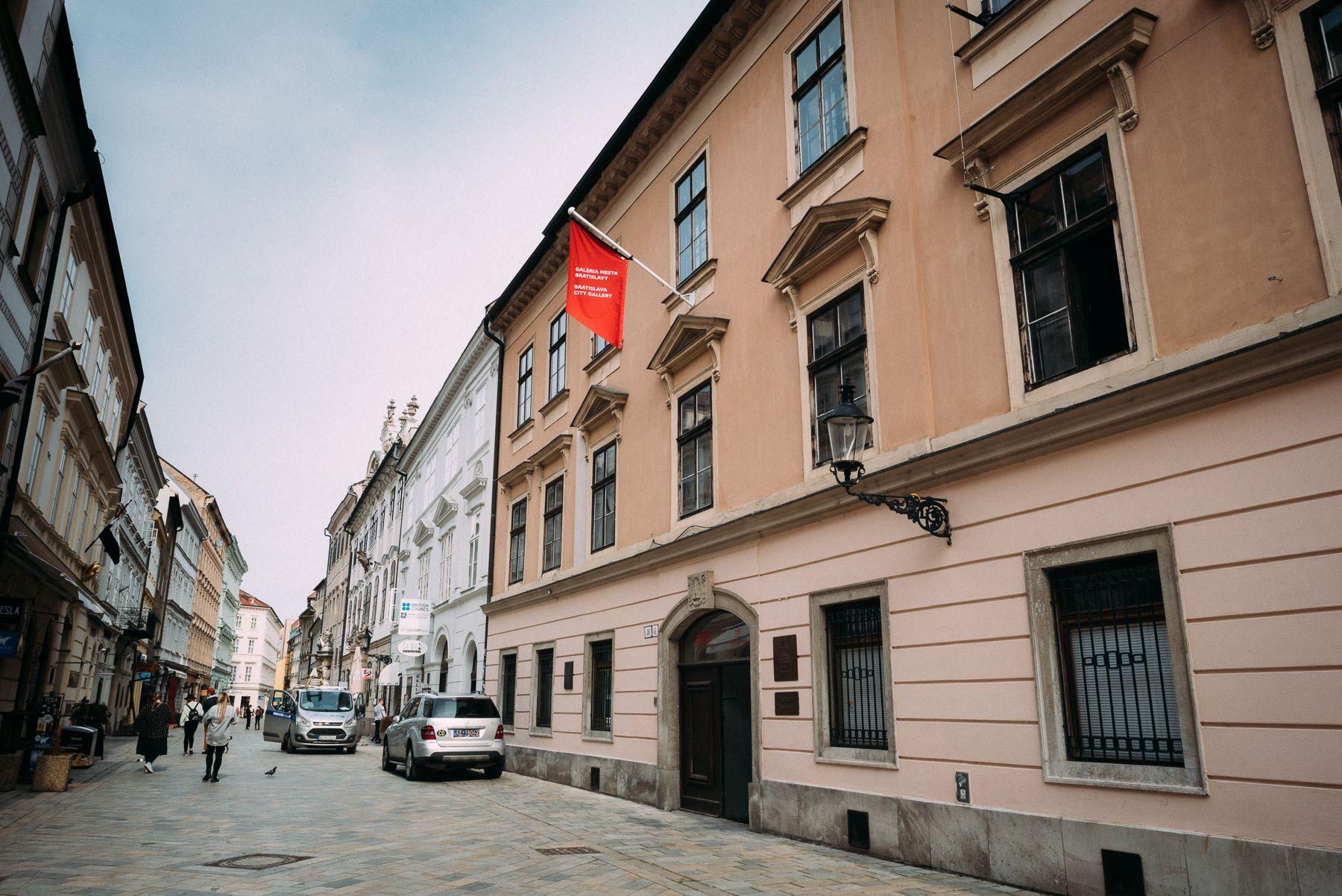
Pálffy Palace
History literally passed through Pálffy Palace. Its uniqueness and immense significance lie in the fact that within a single object it visually captures a great number of key historical and architectural stages of the city’s development. In the basement we see evidence of a Celtic settlement (oppidum) from the 1st century, including a shaft for storing food, a grave, and finds that document the close proximity of the mint. The Roman period is illustrated by the proliferation of secondary building material used in the masonry of the building – clearly visible within the preserved early medieval walls of the 13th century Romanesque palace. The core of the town's Gothic palace with a chapel featuring a star vault from the 15th century was discovered in the basement and first floor of the building during a rescue survey in 1981–1987. Parts of the masonry, also from the 15th century, can be seen in the exhibition hall on the third floor. The Slavic period left its traces in the basement, where four graves from the 9th and mid-10th centuries were discovered. Further building modifications in Neoclassical style date back to the 17th and 19th centuries.
DetailAbout GMB

GMB History
The gallery was established under a resolution passed by city authorities on 13 December 1958 that created the Heritage Institute of the City of Bratislava. The institute comprised four centres: the Bratislava City Museum, City Gallery, Regional Library, and City Heritage Centre. Between 1959 and 1961, works of art were transferred from City Museum collections to the new City Gallery, and on 1 January 1961 the City Gallery was officially established as an independent municipal cultural and educational institution. The collection’s history, however, dates back to 1868, when the City Museum was founded on the initiative of the Pressburg (Bratislava) Beautification Society.
Detail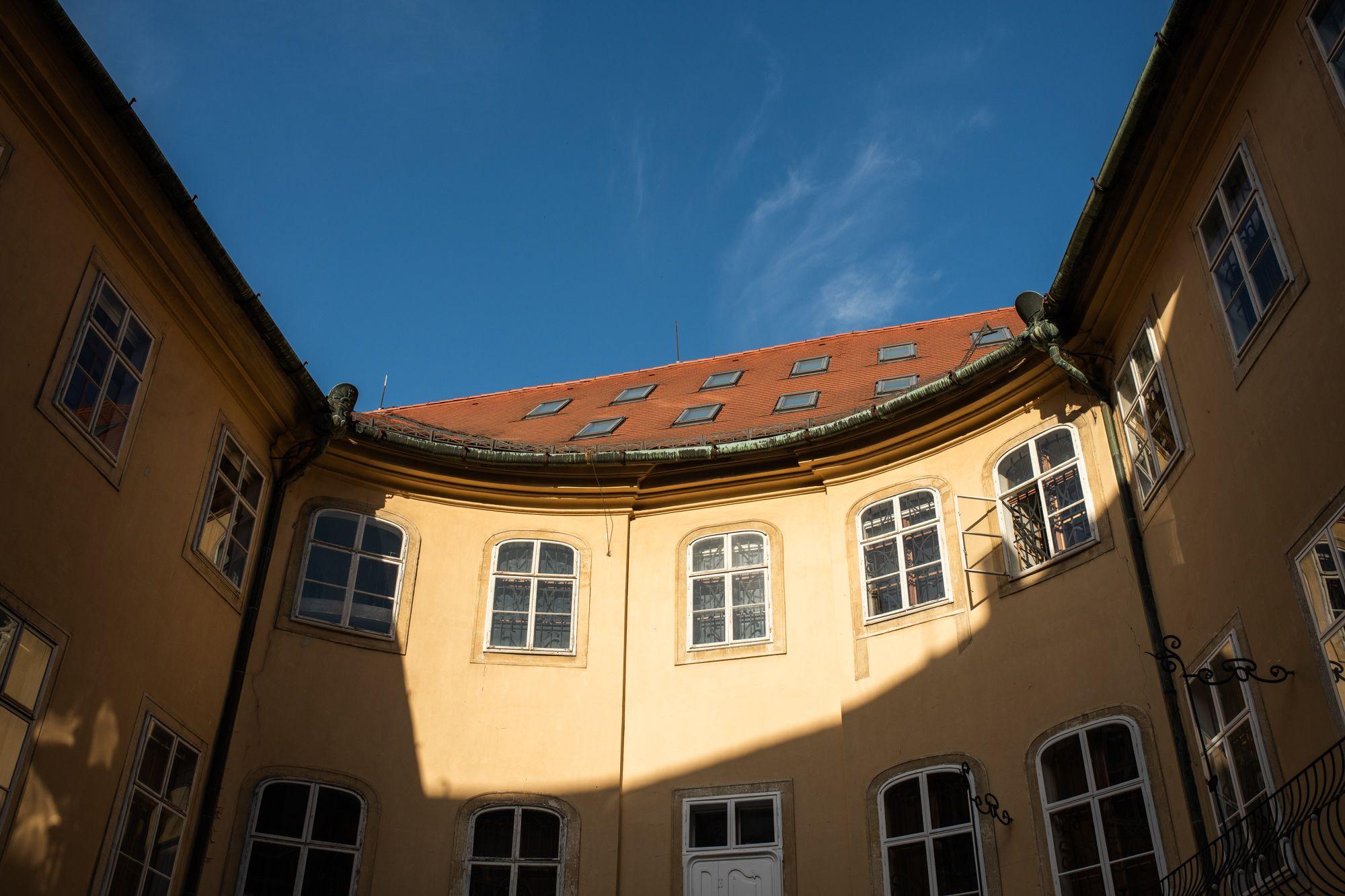
Contacts
The Bratislava City Gallery is an institution under the founding jurisdiction of the capital of the Slovak Republic, Bratislava.
Detail
Organizational structure
You can contact GMB employees by e-mail or by phone between 9:00 a.m. and 2:00 p.m.
DetailGallery Publishing
Art loves paper
GMB publishing, together with exhibition and acquisition activities, constitute the gallery's core activities. Exhibition catalogues, artist monographs, artist books, popularisation material, educational guides, and many other such examples form an inherent part of the gallery’s processes and public communications. Through its publishing activities, GMB aims to reach the widest possible audience across a diverse range of expectations, to facilitate access to its rich collections, and to support and complement its permanent and temporary exhibitions.
Detail
Exhibition plan 2022
What you can see in GMB
Galéria mesta Bratislavy vstúpila do novej sezóny s otvorenými obidvomi palácmi. Keďže sprievodné programy sa zo zrejmých dôvodov ešte nekonajú, GMB pripravuje na celý rok bohatý výstavný plán plný zážitkov. Január sa začal predĺžením výstav, ktoré boli z dôvodu lockdownu pre návštevníkov zatvorené. Rok 2021 priniesol nové formáty a spolupráce, ktoré budú pokračovať aj naďalej.
Detail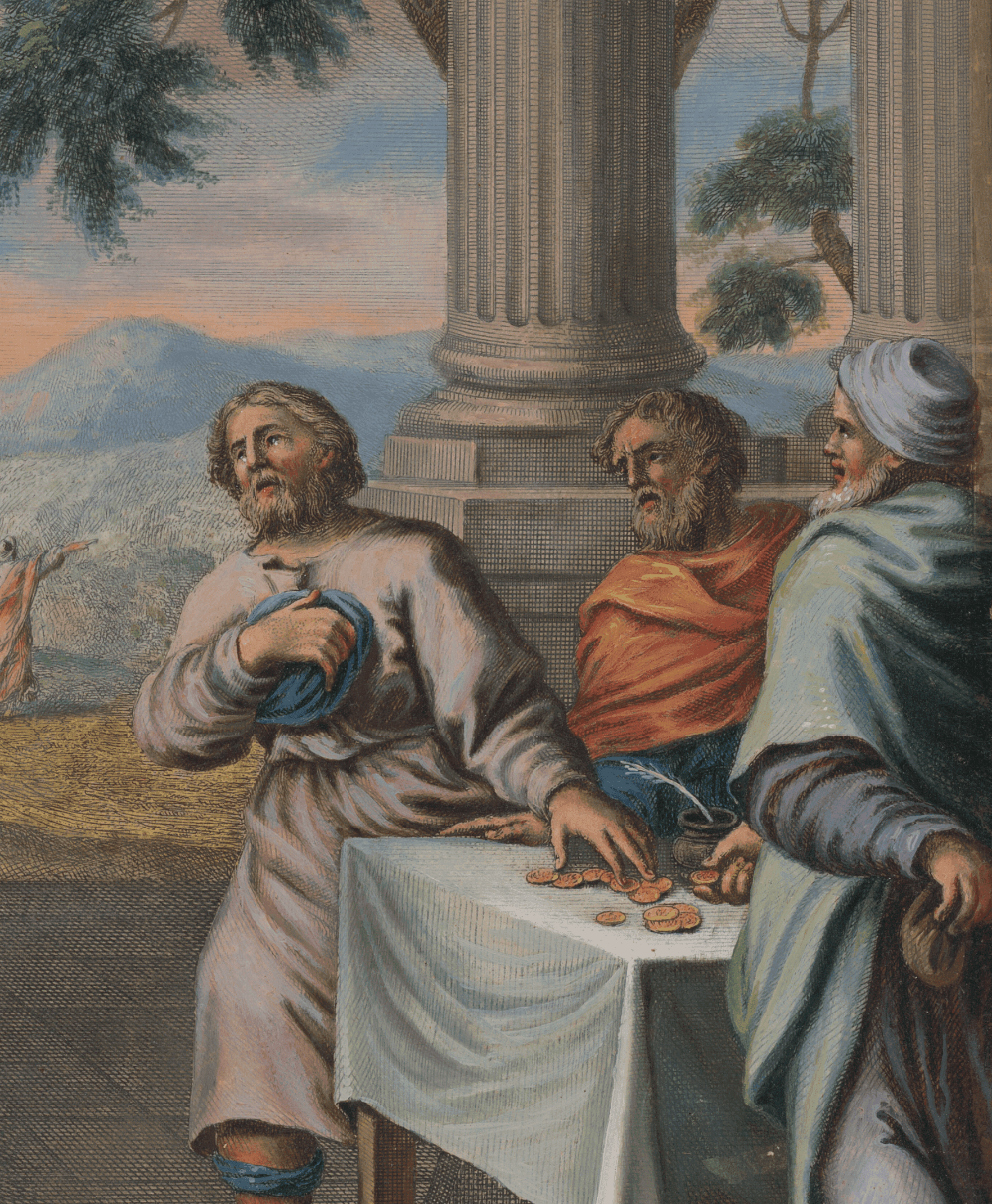
Pricing structure
Tickets, programs for schools, events, photography, reproductions, research and rentals.
Tickets can be purchased via the event details section of our website and at the ticket desks of both palaces. A ticket, whether for a programme or an exhibition, entitles the visitor to a single visit to all exhibitions in the specific palace. Purchases from ticket desks may be made by cash or card. Ticket prices vary according to the activity.
Detail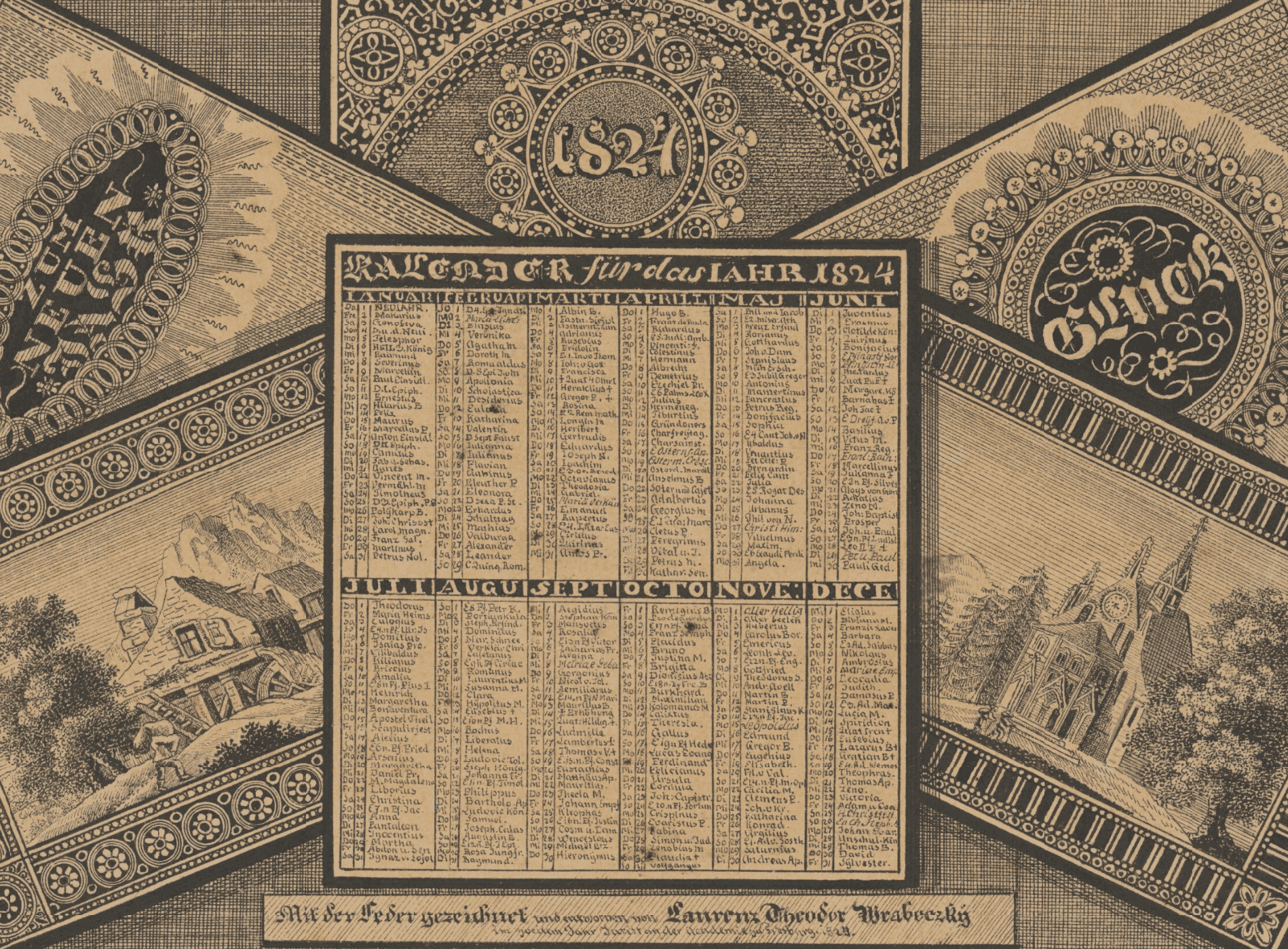
Days of free entry
Opening hours during public holidays
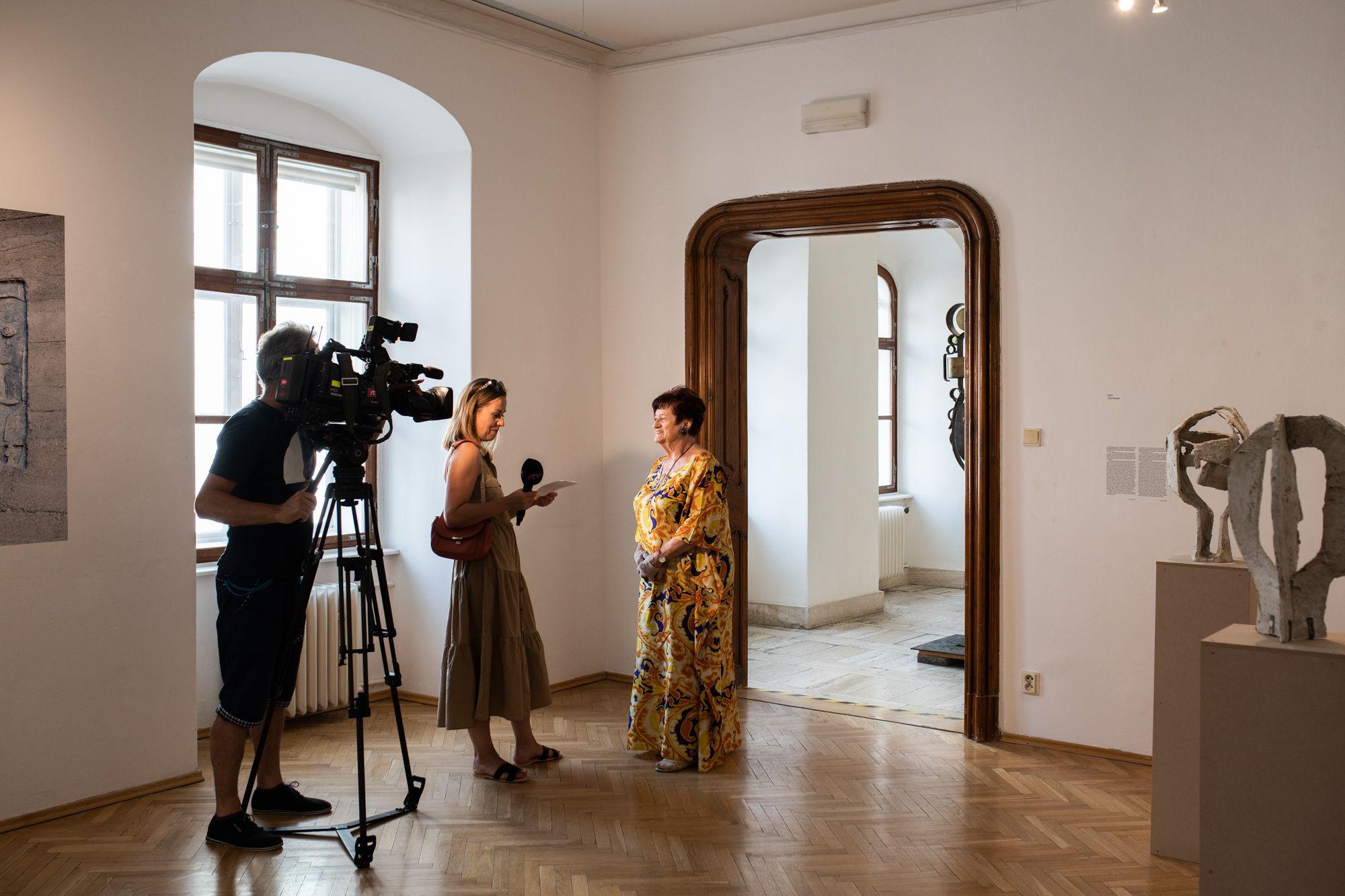
Press
Press kits for journalists are distributed prior to exhibition openings, major events, and publication launches. Press kits contain a press release, web and print quality photographs, and information about exhibition-related events. Alternatively, press kits can be downloaded from the exhibition subpages of our website. If you are interested in an interview with a curator or artist, or have any special requests, please contact us directly.
Detail